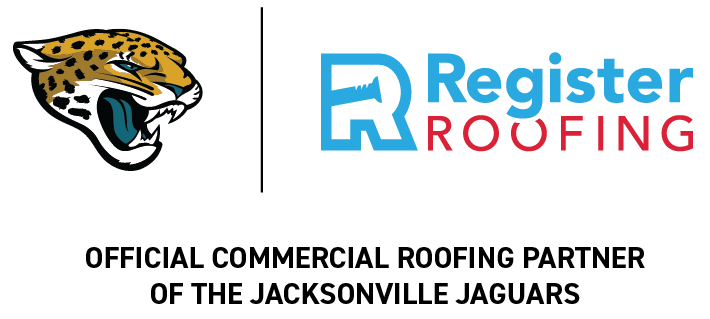In the world of commercial construction, few elements are as critical—or as complex—as the design and installation of roofing systems, especially in regions with heightened exposure to extreme weather events. Nowhere is this more evident than in Florida, where the threat of hurricanes, high winds, and torrential rains demands rigorous building standards. To ensure the safety and durability of structures in this challenging environment, multiple regulatory bodies have established comprehensive testing and approval processes for exterior building materials, particularly roofs.
This blog post explores the distinct roles of the Florida Building Code (FBC), Miami-Dade County’s Notice of Acceptance (NOA), and Factory Mutual (FM) in shaping roofing compliance and performance expectations. Understanding these standards is essential not only for code compliance but also for ensuring long-term building resilience and minimizing property loss.
Regulatory Overview: Three Governing Bodies
The regulation of construction materials and systems in Florida, particularly those related to building envelopes, is primarily governed by three authoritative bodies: Factory Mutual (FM), the Florida Building Code (FBC), and Miami-Dade County’s Notice of Acceptance (NOA) program. Each of these entities establishes distinct, yet sometimes overlapping, standards to ensure the structural integrity and wind resistance of exterior components, particularly roofing systems.
Factory Mutual (FM), as the largest commercial property insurer globally, developed rigorous performance criteria aimed at minimizing property damage through robust material quality and installation protocols. The Florida Building Code, instituted statewide, emerged in response to the catastrophic failures observed during Hurricane Andrew and serves as a comprehensive baseline for construction standards, requiring that all exterior products be tested and certified under its Florida Product Approval system. Meanwhile, Miami-Dade County, due to its high exposure to extreme weather events, enforces the most stringent regional standards in the state through its NOA program, which requires enhanced testing protocols for products used within the High-Velocity Hurricane Zone (HVHZ).
Together, FM, the Florida Building Code, and Miami-Dade County’s NOA system shape the regulatory landscape for construction in Florida, balancing the needs for resilience, insurance compliance, and regional risk management. Understanding their respective requirements is essential for contractors, designers, and building owners seeking to ensure both legal compliance and long-term durability of building systems.
Florida Product Approval: Requirements and Applications
Miami-Dade County NOA Approvals: Enhanced Local Standards
Factory Mutual’s Influence Beyond State Jurisdiction
Post-Installation Testing and Observation Protocols
Edge Metal Assemblies: Compliance Under FM
Rationale and Industry Implications
Competitive Equity and Market Dynamics
Conclusion: Navigating Compliance for Safer, Stronger Roof Systems
Understanding the distinctions between Factory Mutual, the Florida Building Code, and Miami-Dade NOA approvals is critical for anyone involved in the design, installation, or oversight of roofing systems, especially in regions prone to extreme weather events. Each governing body serves a unique function: the Florida Building Code provides baseline statewide standards, Miami-Dade enforces elevated requirements in high-risk areas, and Factory Mutual adds an additional layer of scrutiny, especially for large-scale, high-value commercial properties. While FM compliance often results in higher project costs due to stringent testing and installation protocols, these requirements serve a broader purpose: reducing liability, improving resilience, and ensuring the long-term performance of roofing systems under severe wind conditions.
For contractors like Register Roofing, adherence to these varying standards is not just about code compliance—it reflects a commitment to quality, safety, and client assurance. In a competitive industry where the temptation to cut corners exists, such regulatory frameworks help establish a level playing field while promoting best practices across the board. Ultimately, a well-designed, properly installed, and rigorously tested roof is a worthwhile investment—one that protects both physical assets and lives during the most challenging conditions.




 by
by